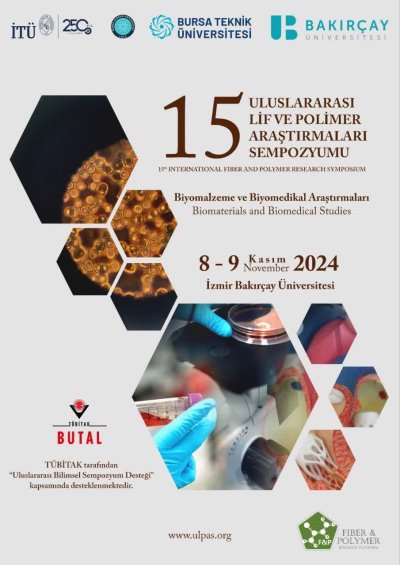0% Complete
Authors :
Keywords :
Abstract :
List of archived papers
Ayşe Şevkan Macit
SEZAİ OZAN - SUNAY ÖMEROĞLU
Kadriye Kutlay - Nejla Değirmenci - Fulya Tunalı
Semra Karaoğlan - Ayşe Pınar Tüzüm Demir
Rahima Rasulzade - Cansel Tuncer
Ebru Yabas - Mehmet Simsir - Fatih Ozaydın
Halil İbrahim TURGUT - Begüm Selçuk ELGÜN - Özlem YARAR



